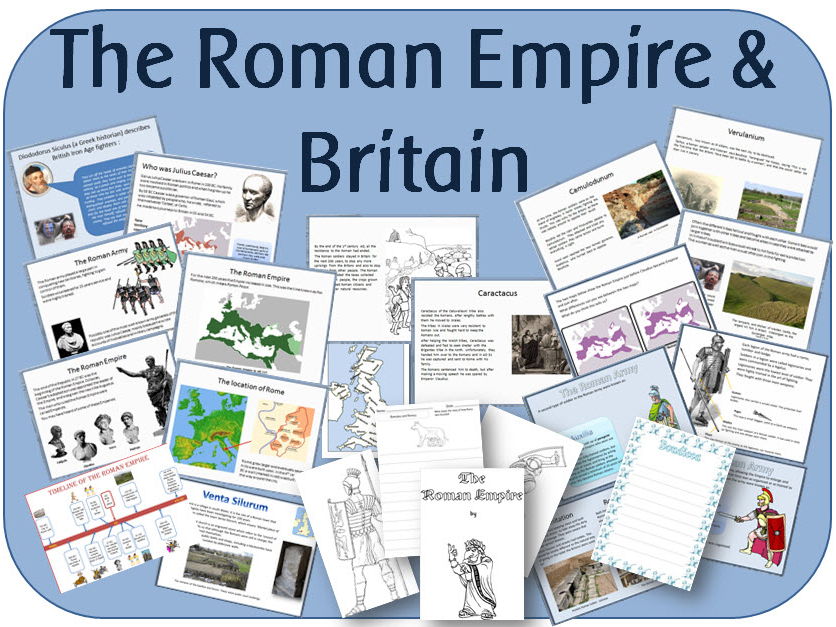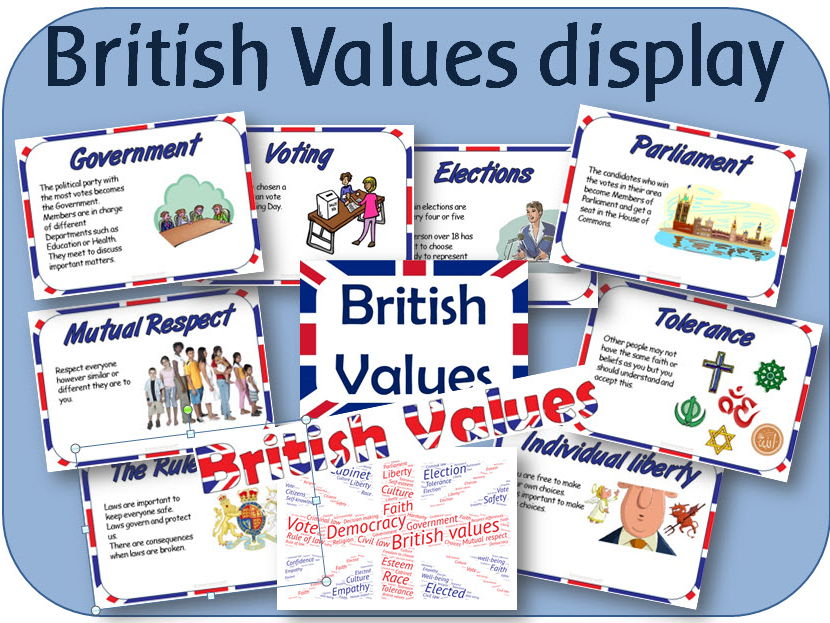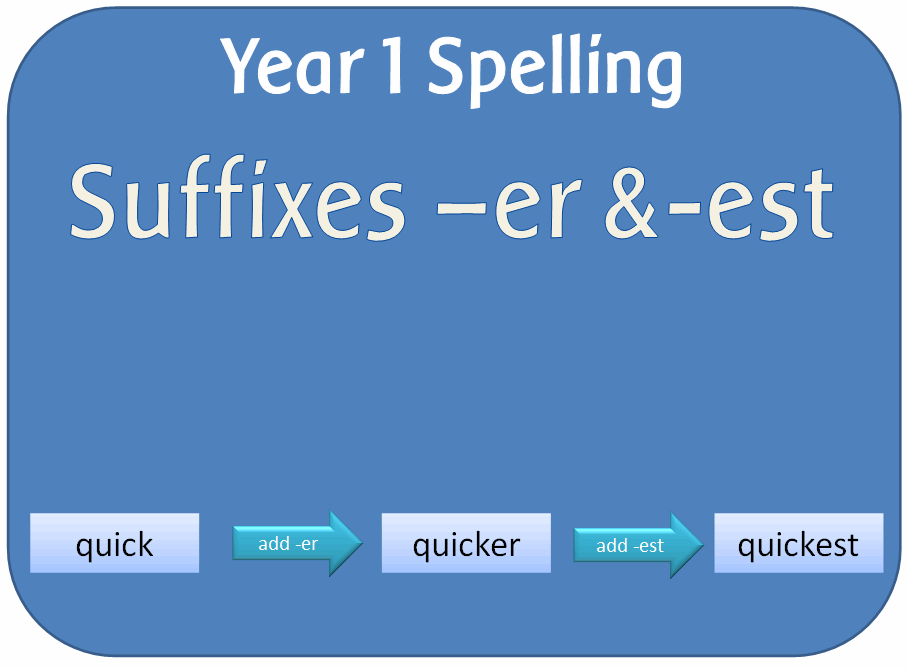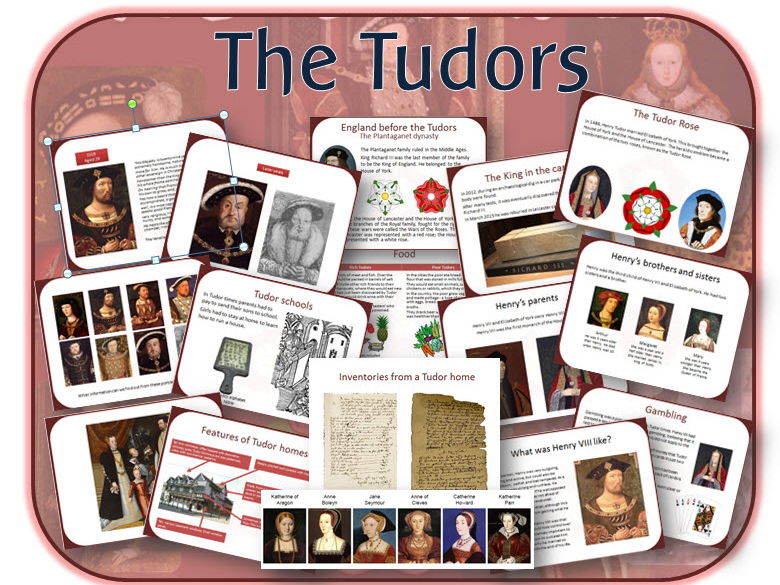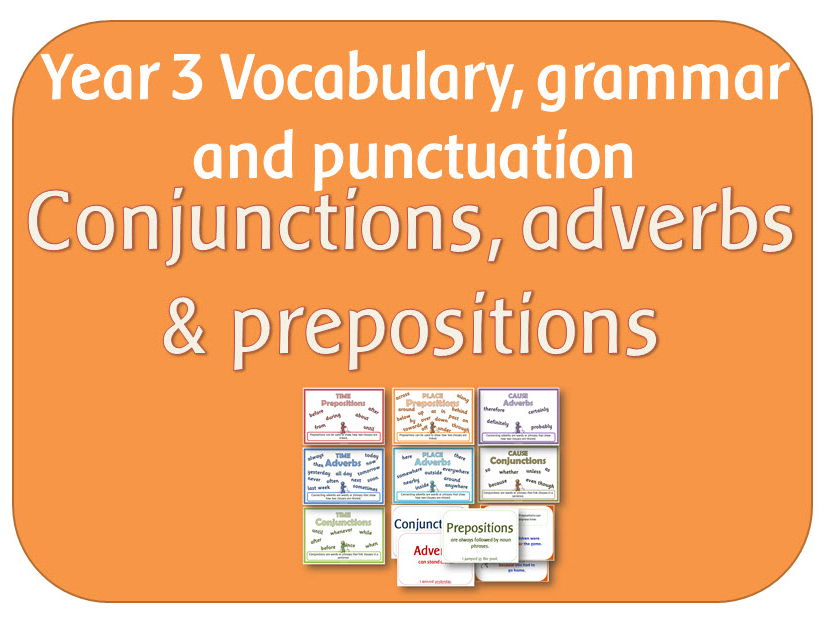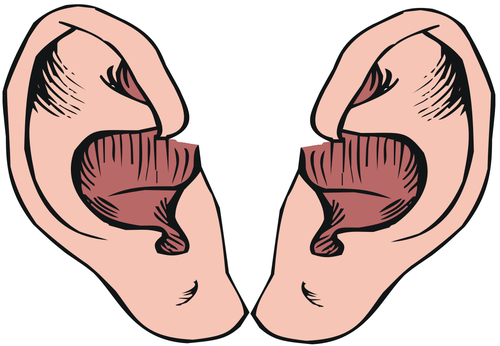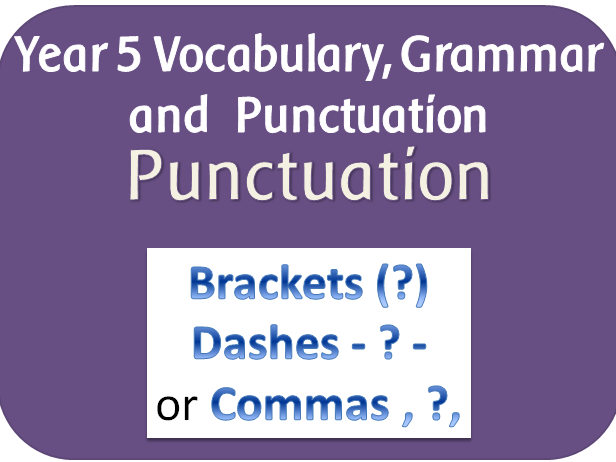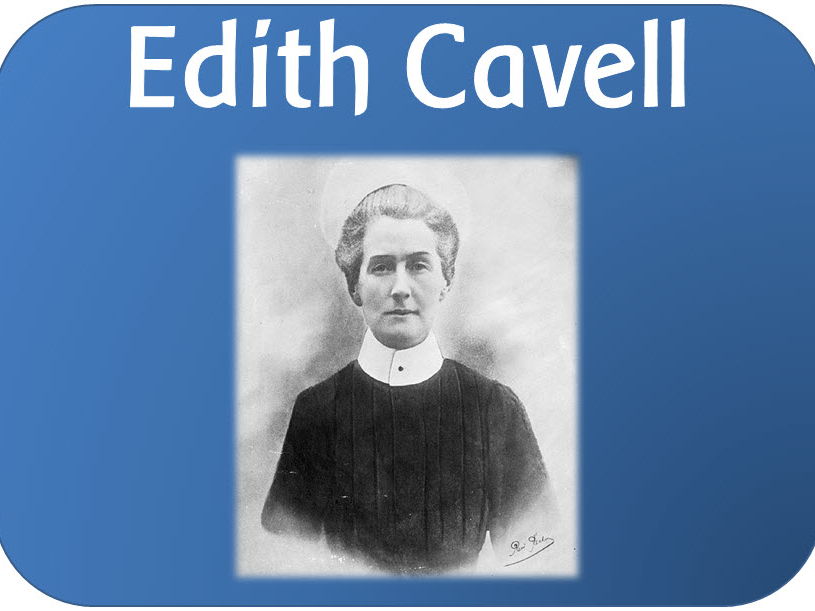
404Uploads
1066k+Views
681k+Downloads

World War II / WW II & VE Day display pack
A set of headings, lettering, banners, posters and images for a WW2 / VE Day display:
WW II HEADING: Prints onto 1 A4 sheet, with the title 'World War II’
WW II BANNER X 2: In 2 sizes, one prints onto 3 A4 sheets, the other 4.
WW II A-Z LETTERING: Lower and upper case letters, plus numbers and punctuation to print and cut out.
WW II IN PHOTOGRAPHS: 15 titled photographs, showing images taken during the war -
The Women’s Volunteer Defence Corps
Rescue workers
Bombing at the library
Air raid warden
Ration book
Refreshments for the soldiers
Dunkirk
The Queen visits an Anderson shelter
Aftermath of a Blitz
Homeless
The Women’s land army
Bombings in Merseyside
Hawker Hurricane
Evacuees
Destroyed houses
WW II POSTERS: 10 A4 sheets containing photographs and explanations of different aspects of WW II -
WW II begins - Outlines the start of the war, with pictures of Neville Chamberlain, Adolph Hitler, and Winston Churchill
The Blitz - Explains what the Blitz was.
Blackouts - Curtains, and reasons why
Air raid shelters
Anderson shelters
Gas masks
Evacuation
Rationing
Participants of WW II
VE day
WW II INSTRUCTIONAL IMAGES: A collection of images made during the war to educate people about gas masks, enemy aircraft, air raid precautions, and fire precautions. (4 pages, with 3 or 4 images on each)
VE Day heading
VE day lettering
Union flag border
Small and large union flags

Year 3 Science - Light topic - powerpoints, display and activity pack
A set of IWB lessons, worksheets, activities, planning and display resources following the 2014 curriculum.
It includes 8 powerpoint lessons, worksheets, activities, games and display.

Year 3 science Forces and Magnets - powerpoints, worksheets, display & planning
A set of resources looking at how things move on different surfaces; that some forces need contact between two objects but that magnets attract or repel each other or other materials, and comparing and grouping materials on the basis of whether they are atracted to a magnet.

SPaG Year 1 Spelling pack: Adding er and est to adjectives
A set of resources to teach the guideline/rule in the Spelling Appendix:
if the adjective ends in two consonant letters (the same or different), the ending is simply added on.
POWERPOINTS:
Adding er and est for comparisons: Explains that er and est can be added to words for comparison and shows examples in a single word and in sentences. It ends with an activity for children to add er and est to words, then form sentences using the suffixes er and est.PDF:
PDF:
er and est sentences worksheet: A list of words to add er and est to, and space for the children to write sentences with them in.
er and est word cards: For games and activities.
WORD:
Outline adaptable plan

Famous Explorers Christopher Columbus & Neil Armstrong pack: powerpoints, worksheets, and display
A set of worksheets / activities / display / planning resources for looking at the lives of 2 significant individuals in the past and comparing aspects of life in the periods they lived.
POWERPOINTS:
Who were Columbus and Armstrong: An introduction to the topic. It shows three pictures of each explorer, asking the children to look at the pictures and find out information.
Christopher Columbus: A 24 page lesson, looking at his life story, and his first journey across the Atlantic.
Neil Armstrong: A 19 page powerpoint, looking at the story of his life and his journey to the moon
Comparison of life in the different time periods: Shows the different explorers and where they lived on a simple timeline. It compares different aspects of life in both their lives including aspects such as transport, knowledge of the world, houses, food and uniforms.
DISPLAY (pdf):
A-Z lettering x 2, one with a sea background and Christopher Columbus banner, and one with a space background and Neil Armstrong banner
Portraits of the two men in picture frames
A4 title - Christopher Columbus (x 2 versions)
A4 title - Neil Armstrong (x 2 versions)
World maps x 2 from the different time periods
ACTIVITIES (pdf)
Cards - 12 different cards with objects that both explorers would have used. Can be used in card games, or for cutting and sticking sorting activities.
Topic covers x 6 different layouts for Christopher Columbus
Topic covers x 6 different layouts for Neil Armstrong
Writing sheets (x 4 lined and unlined) with Christopher Columbus border
Writing sheets (x 4 lined and unlined) with Astronaut border

Britain's settlement by Anglo-Saxons and Scots: PowerPoint lessons, worksheets & topic plan
A series of lessons to cover the objectives in the history curriculum 2014:
POWERPOINTS
Romans and Scots: A look at the Roman withdrawal from Britain in around AD 410, the fall of the western Roman Empire due to barbarian attacks and the Scots invasions from Ireland to north Britain.
The Anglo Saxons (invasions, settlements and kingdoms: place names and village life): A 38 page powerpoint with a contents page so it can be taught as an overview or an in-depth study. Introduces the topic with a timeline and a map showing where the Angles, Saxons and Jutes came from and where they settled in Britain. Looks at the seven main Anglo-Saxon kingdoms of Essex, Kent, Sussex, Wessex, East Anglia, Mercia and Northumbria, showing maps of each region and giving information on important kings. Mentions the current debate about whether Britain was invaded or peacefully settled by the Anglo-Saxons. Gives examples of place names and a list of Anglo-Saxon words and their meanings that many place names have originated from. Ends with a look at Anglo-Saxon village life.
Anglo-Saxon art and culture: Includes the Anglo-Saxon runic alphabet, literature such as Beowulf and the Anglo-Saxon Chronicles, the Bayeux Tapestry, and looks closely at Anglo-Saxon art
Christian conversion: Explains the pagan religion of the Anglo-Saxons then the rise of Christianity in Britain from monasteries in Iona, Lindisfarne and Canterbury. Explains the difference between the Celtic Christianity and the Roman Christianity, and how problems were solved at the Synod of Whitby.
Sutton Hoo discovery: An in-depth look at the ship burial at Sutton Hoo and the artefacts found.
WORKSHEETS AND ACTIVITIES
Topic booklet covers
What I know about the Romans & Anglo-Saxons
Dal Riata writing templates
Romans writing template
Anglo-Saxon arrival in Britain
Anglo-Saxon kingdoms map
Anglo-Saxon place names
The Anglo-Saxon Chronicles (in English)
The story of Beowulf (English translation)
Writing with runes
Calligraphic writing x 2 versions
Illuminated letters: Large letters to colour like the monks
Iona, Canterbury and Lindisfarne worksheet
Writing border - saints
Writing sheet - monks
Blank map
Writing border - Anglo-Saxons
Writing border - monks

Queen Victoria and Queen Elizabeth I Powerpoint lessons
A look at the lives of Queen Victoria and Queen Elizabeth I and how they contributed to national and international achievements.
The pack also looks at life in Tudor and Victorian times, comparing aspects of life that are similar and different.
Also contains a medium term plan.

The Ancient Greeks / Greece pack: Powerpoints, activities, worksheets
POWERPOINT LESSONS:
Looking at evidence: Lots of images relating to Ancient Greece. Can be used as an introduction to the topic or to teach different ways of looking and finding out about the past.
Where and when was Ancient Greece: An introduction to the topic, looking at where Greece is located, its climate, and the effect this had on the Ancient Greeks; a timeline demonstrating AD and BC; and the first people to inhabit Greece.
Athens and Sparta: The similarities and difference between the two city states, including government, slaves, geography, buildings, army, wealth, education, girls, and territory. Ends with an activity matching the statements to either Athens or Sparta.
Ancient Greek Fighters: What made the Greeks so powerful, explains about hoplites, triremes, ships, soldiers etc.
The Battle of Marathon: Was it a victory for the Ancient Greeks? Looks at how it started,what caused it, and how the Ancient Greeks won. Shows artefacts found in Marathon, and asks what the Athenians and Spartans would have thought about the victory. Explains how it relates to marathons today.
Who did the Ancient Greeks worship and why: Explains the story of the Greek gods, from Chaos, to the Olympian gods. Includes a page on each of the gods; Zeus, Athena, Hera, Ares, Aphrodite, Apollo, Poseiden, Artemis, Demeter, Dionysus, Hephaestus, Hermes, Hades.
The Theatre: The origins of Greek theatre; the Acropolis, Theatre of Dionysus, The Odeon of Herodes Atticus. Explains what went on in the theatre, and how it was organised, with a questionnaire at the end.
The Olympic Games: The story of how they began.
Ancient Greek Legacies: A look at the achievements of the Ancient Greeks and their influence on the western world.
PRINTABLE WORKSHEETS AND ACTIVITIES (pdf): All activities accompany the powerpoint lessons above
What I already know/What I would like to find out about Ancient Greece
Ancient Greece fact file
Athens or Sparta fact files
Hoplites
The Battle of Marathon fact sheet
The theatre question sheet
Ancient Olympic buildings
How the Olympic games started
The events in the ancient Olympics
Ancient Greek achievements fact finding sheets x 3
Topic covers x 4
Writing sheets: Greek column design.
PLUS (in word)
An adaptable outline medium term plan

KS2 history topic The Tudors, Henry VIII and his wives - Powerpoint lessons and activities
A set of lessons and activities looking at the Tudors and Henry VIII
POWERPOINTS
Who were the Tudors?
Explains who the Tudors were, and when they lived. It shows a timeline of British history and where this period fits in. It looks at the Plantaganet dynasty who ruled before the Tudors. the Tudor Rose, how Henry Tudor defeated Richard III at Bosworth, and how the remains of Richard III have recently been discovered.
Who was Henry VIII?
Looks at his parents, his siblings, how he became king and a brief overview of his life.
What was Henry VIII like?
A look at different portraits of Henry showing how he changed over the years with contemporary descriptions of him at different times of his life.
Henry VIII's pastimes
Descriptions of all the pastimes Henry VIII did in his spare time
The wives of Henry VIII
The story of his marriages and wives over time in chronological order and explanations of why he married six times
What did Henry VIII do for his country?
A look at what life was like in Tudor times and how Henry made changes to: religion; the monasteries; the Navy & Mary Rose; coastal defences; Government and the union of Wales and England.
The poor in Tudor times
How the poor lived in Tudor times; it explains the hierarchy of Tudor society, unemployment, workhouses, almshouses and the Poor Laws. It describes poor Tudor homes, punishments and disease amongst the poor.
The lives of rich Tudors
Explains how we know much more about the lives of rich Tudors compared to the poor. It looks at what the rich ate; what they did in their leisure time; schools; clothing; punishments; homes (including styles and rooms). It shows images of two inventories from Tudor homes with a transcription.
How different were the lives of rich and poor Tudors?
Compares different aspects of the two groups: jobs; clothes; homes; food; education and entertainment.
Edward VI
His life story
Mary Tudor
Her life story
Elizabeth I
Her life story
Tudor fun activities and facts
Tudor recipes, facts and origins of words and phrases.
WORKSHEETS/ PRINTABLE RESOURCES IN PDF
Description of Henry VIII: Description written by the Venetian Ambassador in 1519
Difference between rich and poor Tudors: For recording
Farringdon inventory
Inventory of Clement Swallow
Portraits of Henry VIII: 10 different portraits to compare how he looked over the years
Rich and Poor Tudor pictures
The House of Tudor: Pictorial family tree
Tudor family portraits: Henry VII, Elizabeth of York, Henry VIII, Mary I, Elizabeth I and Edward VI on one A4 sheet
Wadley inventory
Wives of Henry VIII: Small portraits

Year 3 science - Plants - powerpoints, worksheets, planning & display
A set of resources looking at the functions of different parts of flowering plants (roots, stem, trunk, leaves and flowers); the requirements of plants for life and growth, and the part that flowers play in the life cycle of a plant.

SPaG Year 3 & 4 Spelling: The /k/ sound spelt ch
Resources to teach the spelling guidelines for words with the /k/ sound spelt ch
POWERPOINT:
The /k/ sound spelt ch: Explains that these type of words come from the Greek language. It gives examples of the most common words with this grapheme, then ends with a writing activity.
PDF (PRINTABLE) RESOURCES
Look Write Cover Check: For spelling practice
Ch for the k sound worksheet
Ch for the k sound picture worksheet
Wordsearch
Although every effort has been made to check wordsearches for unintentional inappropriate words, it is recommended that teachers double check them before giving to children.
TEACHER RESOURCES
Word list
Adaptable outline plan

SPaG Year 3 Sentence Grammar: Time, place & cause using conjunctions, adverbs & prepositions
Includes a powerpoint, vocabulary cards and a set of posters.
POWERPOINT: explains the difference between conjunctions, adverbs and prepositions, giving examples of where and how to use them.
4 sets of display:
SET 1 Time place and cause connectives: This set contains 3 headings and sets of words in clouds to display around the headings time, cause and place. There are blank clouds for you to add your own.
SET 2) Conjunctions adverbs and prepositions cards: In this set there are 5 words per A4 page which can be cut up for display. The words are organised into conjunctions, adverbs and prepositions with an A4 title for each.
SET 3) Conjunctions, adverbs and prepositions posters: These posters splits the connectives into sets of Time/Cause/Place and conjunctions/adverbs/prepositions. There are 7 A5 pages plus a title page.
SET 4) Co-ordinating and subordinating conjunctions: These posters explain the difference between the two types of conjunctions and give examples of each in clouds.

Phase 1 Aspect 1 Environmental Sounds Letters and Sounds Phonics resource pack
A mixture of powerpoints and printable activities to encourage sound discrimination by listening to sounds in the environment.

KS1 Maths Measurement: WEIGHT AND CAPACITY powerpoints, activities, vocabulary and display pack
This pack meets the new KS1 curriculum requirements for capacity / volume and weight / mass.
It covers measuring with non standards units; moving on to standard units.
It consists of powerpoint lessons, display, headings, worksheets and activities.

Volcanoes - display resources
A set of pdf files for display:
Volcano Vocabulary - Includes volcano terminology, an explanation, and a picture for each of the following: ash' bomb; caldera; cinder cone; crater; crust; eruption; fault; geothermal; lava; lava dome; lava flow; mud flow; phreatic eruption; plate tectonics; plug; pyroclastic flow; Ring of Fire; Strombolian eruption; vent.
Volcano word mat - To support the children in their work, contains pictures and vocabulary.
Parts of a volcano diagram - A labelled picture of all the different parts of a volcano.
Label parts of the volcano - 2 versions for the children to label.
Title - Prints onto an A4 sheet.
Banners - 2 versions, each prints onto 2 A4 sheets.
A-Z lettering - Contains 'Volcanoes' lettering, plus all the letters of the alphabet, lower and upper case.
Volcanic Explosivity Index - Information table to print, detailing how eruptions are measured.

SPaG Year 5 Punctuation: Parenthesis (brackets, dashes, commas) and commas to clarify meaning
This pack contains 2 powerpoint lessons:
Parenthesis: How brackets, dashes or commas can be used to indicate parenthesis.
Commas: Gives examples of what can happen if commas are omitted, and how they are important to the intended meaning.

Guy Fawkes, Bonfire Night and the Gunpowder Plot - 2 powerpoints, 12 display files and 15 activities
A powerpoint story of Guy Fawkes, the Gunpowder Plot and why we celebrate Bonfire Night, with classroom activities to print and display resources.
Guy Fawkes - Two versions; one for KS1 and one for KS2. It details Guy Fawkes' life, and how he became involved with the other conspirators of the Gunpowder Plot; it explains how he was caught, and why people now celebrate Bonfire Night.
ACTIVITIES:
Bonfire night acrostic poem
Bonfire Night topic cover
Fire border for displaying work
Fireworks border
Gunpowder plot and Guy Fawkes sequencing
Gunpowder plot black and white pictures (for colouring/display)
Gunpowder plot cards
Gunpowder plot word mat
Guy Fawkes topic cover
Letter to Mounteagle
Newspaper report x 4 - Guy Fawkes, The arrest and The conspirators
Blank scroll
DISPLAY
A-Z Flame lettering
Bonfire Night banner
A4 title
Large lettering Bonfire Night
Fireworks border for displays
Confession letter of Guy Fawkes
Guy Fawkes title
Main conspirators poster
Portraits of James I and Guy Fawkes
Posters - Guy Fawkes and the Gunpowder plot
The Fireworks code
The Gunpowder plot pictures

Dinosaurs, fossils and palaeontologists: powerpoint lessons for EYFS KS1 KS2
Powerpoint files:
Dinosaur AfL - 7 different questions to pose to the children before the topic begins.
Where and when did the dinosaurs live - Looks at Pangaea, and the timescale involved and how long ago it was.
Dinosaur discoveries - Looks at how fossils were found and ideas emerged about dinosaurs. Talks about early ‘palaeontologists’ including Robert Plot, Robert Buckland, Mary Anning, Mary Ann and Gideon Mantell, Richard Owen and their discoveries.
How fossils are formed - A step by step guide
Dinosaur diets - herbivores, carnivores and omnivores
What happened to the dinosaurs - looks at different theories of why dinosaurs became extinct.

Daily routine flash cards for visual sequencing, SEND, EYFS
The cards can be used to help children plan the day, get ready for what is happening next and to communicate with others.
There are 72 cards included; 9 to each A4 sheet.
Updated version added February 2023*
If there are any other activities / extra cards you would like adding to the pack, please send a message and I can add them.

KS1 History: Edith Cavell Powerpoints, worksheets, activities and display pack
A set of resources to teach KS1 about Edith Cavell and how she helped soldiers in the Great War. The pack includes planning, display, interactive whiteboard lessons and class activities.
1 WHAT WAS IT LIKE WHEN EDITH WAS ALIVE
The Powerpoint sets the scene, showing what life was like when Edith was born. It looks at her birth in a chronological framework, and talks about differences between then and now.
Activities:
Now and Then pictures: to look at and discuss, or to use for display
Questions about Edith Cavell: A picture of Edith in her nurses uniform, with questions for the children to think about.
2 THE LIFE STORY OF EDITH CAVELL
The 20 page Powerpoint looks at her life in detail until the time she returns to Belgium when the war begins.
Activities:
The Cavell family Census records
Hotseating questions: Sheet for the children to fill out what kinds of questions they would have liked to have asked Edith
Pictures to tell her story: Six pictures from different times in her life; can be used for sequencing or to illustrate her life story.
The Life story of Edith Cavell Ebook: A contemporary book written about Edith. (Not suitable to give to the children to read, but useful to look at passages)
3 WHAT DID EDITH DO IN THE FIRST WORLD WAR
The 26 page Powerpoint tells the story of the last year of Edith's life. It looks at Belgium at the beginning of the war, and what Edith did for the soldiers. It looks at how and why she is remembered today.
Activities:
1914 map of Europe - accompanied by a Powerpoint showing how Edith travelled to Europe. The map can be used for identifying the countries, or for showing her route to Brussels from Norwich.
Other activities / display resources
Edith acrostic poem sheet
Picture timeline: 10 pictures of Edith from when she was a child to just before she died.
Project cover
Story planner
Word search
Writing sheets (x3)
The story of Edith worksheet
PLANNING
An adaptable plan in Word, following the Primary Curriculum 2014.

